-
Posts
2,400 -
Joined
-
Last visited
-
Days Won
45
Content Type
Forums
Profiles
Gallery
Blogs
Downloads
Events
Posts posted by BusyLittleShop
-
-
-
-
Oh and another thing. Synthetic is NO longer true, as only a couple of companies now make true synthetic oils. This web link is great debunk of the rip off we are faced with when we pay premium for what we think is synthetic due to OLD Judges, being useless & ruling that anything can be called synthetic, when we all expect a 100% man made product that never came out of a hole in the ground !
http://www.synlube.com/synthetic.htm
Mobil-1 used to be, but alas no more. Strange they replace the synthetic with dino oil but the price stayed the same !
Like much in this world QUALITY has been sacrificed on the accountants alter by the marketing man !
Everything I read this article I'm reminded that debating true
synthetics is like debating the true motorcycle... everyone agrees a
motorcycle is a motor and two wheels but disagree on the execution...
everyone agrees synthetics are oil molecules engineered to be uniform
and consistent in size but disagree on the origins... but synthetics
aren't for everyone... especially my customers who close their wallets
with a torque wrench... they believe the old mineral with all its flaws works fine...
-
I picked up some M1 5w30 to test out based on your input... does the oil need to be motorcycle specific or will this work?
M1 5w30 will work... the chief difference between Motorcycle Specific
oil and Auto oil is in the additive package namely moly phosphorus and
zinc listed below in PPM
This chart also shows the real start up viscosity at 104F and the
operating viscosity at 212F
Your 5w30 starts at 56 and operates at 10... 56 will not flow enough
to lubricate your engine whereas 10 is perfect
Rob's 15w50 starts at 125 and operates at 17.4... 125 will not flow
enough to lubricate his engine whereas 17.4 cost 6hp for the same wear rates
Interesting to note the real viscosity numbers at start up between the
15w50 5w30 are huge at 69 but as the oils heat up to operating temps
of 212F the difference in the viscosity numbers is only 7.4... it
don't seem like much but it will cost 6hp in RWHP... enjoying less hp
is one thing but as you and Rob both hit the starters your bearings are
being lube quicker than his bearings and that is important because its
generally agreed that the most wear happens during start up before
warm up... at operating temps the wear rates even out...
-
 1
1
-
-
I always thought the starting numbers in multi-grade oil had to do with initial viscosity at cold weather starting temps... so a 5w would flow better with a lower viscosity than a 10w at the same cold engine temp... 0w would flow best at cold weather starting temps
...and the closer the numbers are the less the oil relies on additive packages to achieve the hot temp viscosity... so a 0w30 would need more additives to the base oil which expand and unravel with temp and increase viscosity at operating temp than a 10w30...
... Damn it, Jim... I'm a microbiologist not an engineer...
I could be wrong...
I can answer your questions on the level of an oil engineer...
5W
The starting numbers and the letter W have no viscosity reference...
API ranks the first number and the letter W from the newest to the
oldest on its ability to lube your engine during critical start up
0w
5W
10W
15W
20W
Additive Package
Additive package is about 8 to 10 % of an oils volume and has no
relationship to viscosity...
Viscosity Improver
What unravels and expands are Viscosity Improver VI... In a fully
synthetic oil, the molecules have the same size and composition which
decreases friction and consumes less HP so synthetics need less VI
whereas the straight mineral oil the molecules vary in size and
composition which increases friction and thus need more VI... that’s
the chief reasons why synthetics recommend longer oil change intervals
and shear down less than straight mineral oils...
SYNTHETICS...
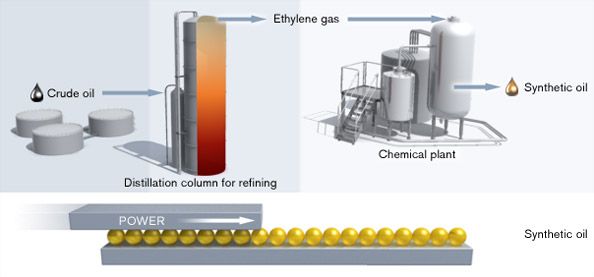
MINERAL OIL
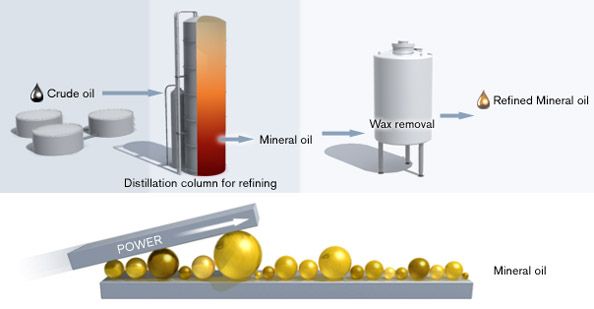
What's important about a fully synthetic oil are the molecules which
are the same size and composition which decreases friction... In a
mineral oil the molecules vary in size and composition which increases
friction...
-
I am sorry to report that I am not educated enough to articulate my point after reading about oil, it can make ones head spin! However I still believe that if a manufacturer calls for 10w30 it will be better overall for the vehicle motorcycle or car to stay within that spec. To say that 0w30 is the same as mono grade 30 weight oil isn't exactly true, multi grade oils that are closer in number such as 10w30 over 0w30 are more stable, so once at temperature will offer better protection, I think for my money, using your application sheet I would run 10w30 and let the motorcycle come up in temperature before riding. Also I must disagree 0w has nothing to do with quality or technology of oil just viscosity index. Oil is way more complicated than hot and cold pressure, based on viscosity indexes
I respect your reply... I've study oil non stop for 2 years and I
realize most riders aren't educated enough to express their concerns
and it can make ones head spin... my aim is too post the facts and
politely challenge those long held beliefs... after all Miguel
invented VFRD to multiply your pleasure and divide your grief... if
you decide to try a 30 here's a list of motorcycle specific oils to
choose from because I don't expect everyone to follow my 0w30 lead...
Any one of 30 grade 100% synthetic motorcycle specific oils will meet
and exceed both your track and mileage expectations...




-
Thanks Rob for chiming in... I think we agree that a dyno is the
proper tool by which to learn the amount of hp lost running a 50 over
a 30... its no BS when I say that a 30 frees up another 6hp over the
50... so your lost is not a mere 0.9hp... its around 6hp... that
significant amount of hp left on the table in unnecessary oil drag...
key word is unnecessary because running a 30 does not show up as
increase wear... other benefits of running a 30 is more oil flowing pass the
critical bearings also less oil drag works to lower the over all temps...
Honda states an owner can safely choose a 30 I've personally tested
this recommendation in Mr.RC45 for 17 years covering 95,000km and just
look at my cam lobes they are PERFECT too...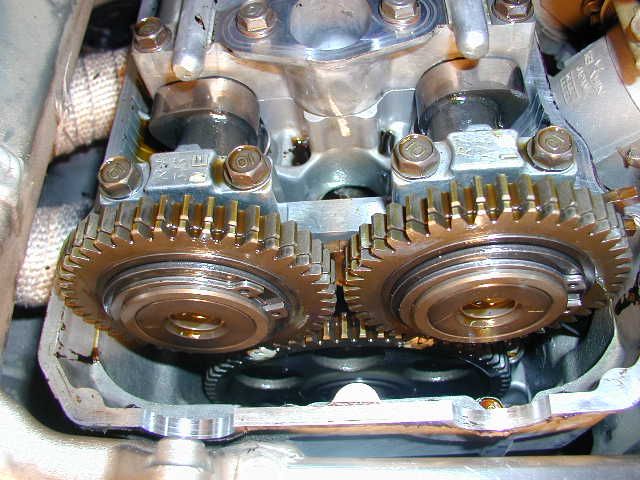
-
Not saying don't use 30 weight oil but switching from say a 10w to a 0w might not be the best idea. Cold engines don't need to make max horsepower there are other concerns besides throttle response etc. so a modern 10w will have all the benefits of a modern 0w, because most of the technology in oil is part of the additive package added to base oil stock. Just to clarify this is great information and props for doing all the leg work.
You're welcome Johnny... switching from the old 10w to the latest 0w is indeed
the best idea because the most wear happens during start up be fore warm up...
I know oil can labeling is confusing but If you understand what 0w30
actually means you'll note it falls under Honda's recommendations for
a 30 grade oil
API ranks the first number 0 and the letter W from the newest to the
oldest on its ability to lube your engine during critical start up...
0w
5W
10W
15W
20W
If you wish to employ the latest in oil technology then you want an one with an API
rank of 0W...
-
Just read this post and the info is great but only viscosity and oil pressure at temp are being considered and although I believe that the newer oils will have better aeration and oxidation properties what about film thickness and sheer points which are what is critical in"high speed engines", I would still be vary wary of straying from the recommended oil. Synthetic over conventional oils will generally provide better qualities for high rpm applications. As wear increases in an engine and tolerances increase the thinner oils will not provide the same protection.
What unit of measurement are you using judge "film thickness"???
30 grade oils are recommended for VFR as well as the RC45...

-
Correct... if your clutch plates are in good working order then the choice of oil is not a deciding factor...
Mr.RC45 is awful at lawful speeds... that's why I never ride without
my trusty a Bel 975r Remote radar detector...
I fabricated a special Delrin mount and blends the gauges with the
warning pod... I used wax transfer letters to spell out "Oh Shit"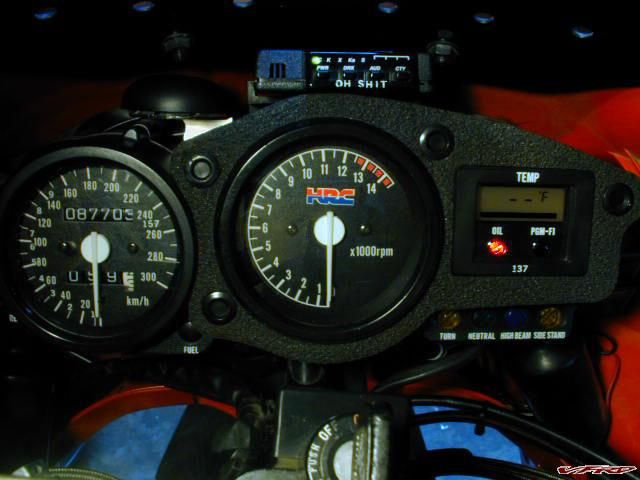
I fabricated a small Delrin box to house the antenna and mounted it
under the fairing...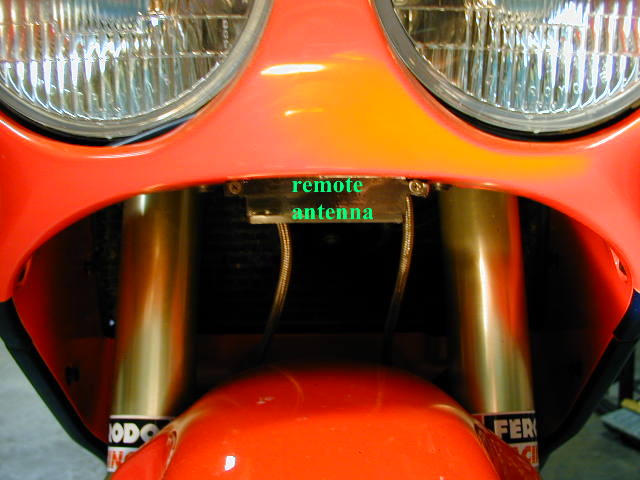
Even Mr.CHP gets a kick out of the "Oh Shit" on the signal pod...
Radar is under the jurisdiction of the FCC and its illegal to jam
whereas Lazer is under the jurisdiction of the Food and Drug
Administration and they are too busy with E Coli and traffickers to go
after Jammers at the moment... -
Larry,
Does the 5th gen have the same oil pump as Mr. RC45? Are your figures & measurements directly translatable to the 5th gen engines?
Thanks...
Yes... any VFR part that carries a MW4 designator was specifically
designed for the RC45... you can see that not only does the VFR and
RC45 share the same oil pump but also the same sprocket, chain and
pressure relief valve... so there is mounting evidence that our
figures & measurements are also the same...
RC45 VFR800 part numbers
15100-MW4-000 PUMP ASSY., OIL $154.45
15134-MZ5-000 SPROCKET (25T) $21.40
15140-ML7-003 CHAIN (48L) $19.83
15220-MZ5-000VALVE ASSY., RELIEF
-
Don't forget the turbocharger on that big diesel, spinning away at 100,000 RPM.
I think that qualifies as "high speed".
True but the mechanical issue that causes excessive aeration is not a 100k spinning ball bearing... the problem relates to crankshaft
speed at the rate of higher and higher RPMs...
-
Iirc, there was a lot of sturm und drang regarding the additives thought necessary for motorcycle gearboxes & wet clutch. And that the lighter oils are least likely to contain them. As I recall that is when some argued in favour of diesel-rated oil.
Personally, I've been using Motul 10/40 semi but you have me thinking it might be time to go light.
CLUTCH
Technically speaking there is no oils that can not defeat a wet clutch
in good working order... what is confusing the issue is the fact that
all motorcycle wet clutches will reach a point in their life and start
to slip... no one complains about clutch slip when the bike is new...
but on about the 27K to 57K range is when containments may build up to
point where the clutch begins to loose its grip... this is usually
discovered by the owner during WFO (Wide Fooking Open)throttle like at
a track day... in error one can blame the oil but its really the
contaminants on the clutch plates.
DIESEL
If you wish to run a diesel oil in your motorcycle then I recommend
one with an API rating CH-4 or higher because it is formulated for
"high speed" (what ever that means in a diesel) I hope it means some
kind of anti-foaming agent for high rpms...
Quote Api
CH-4 Severe-Duty Diesel Engine Service This service oils are
suitable for high speed, four-stroke diesel engines designed to meet
1998 exhaust emission standards and are specifically compounded for
use with diesel fuels ranging in sulfur content up to 0.5% weight.
CH-4 oils are superior in performance to those meeting API CF-4 and
API CG-4 and can effectively lubricate engines calling for those API
Service Categories.
SEMI SYNTHETICS
Semi-synthetic oils (also called 'synthetic blends') are blends of
mineral oil with no more than 30% synthetic oil designed to have many
of the benefits of synthetic oil without matching the cost of pure
synthetic oil. Motul introduced the first semi-synthetic motor oil in
1966
-
Dont you get distracted by the KM/h speedo at all? I am surprised you never sourced OR MADE an new imperial faceplate, saved the other for posterity, since well you live in the USA and none of the speed limit signs are in metric.
BTW Larry, I moved the post to the homepage to feature it, and copied a pic at the top so it will show up on the HP too. good post
Thank you Miguel... I didn't replace the faceplate because the needle is glued on the shaft so if you look closely at the faceplate I've
added white digits 1 thru 9 that reference MPH with a 157 MPH top speed... on my trip to Canada it was fun to use the metric side...
-
 1
1
-
-
Interesting test. Would it be safe to assume this information could be applied to my 4th gen engine? The 4th gen manual recommends the same viscosities per temperature range. I normally run 10w-40, but only ride my bike in 5-40*C weather. Would 0w-30 be a safe choice? And which mobil one are you using?
Thanks!
PS is that 92,000 miles on MR.RC45??
I know oil can labeling is confusing but If you understand what 0w30
actually means you'll note it falls under Honda's recommendations for
a 30 grade oil
API ranks the first number 0 and the letter W from the newest to the
oldest on its ability to lube your engine during critical start up...
0w
5W
10W
15W
20W
If you wish to employ the latest in oil technology then you want an one with an API
rank of 0W...
Technical speaking the first number (the "0" in 0w30) is only a
relative number which basically indicates how easily it will allow an
engine to "turn over" at low temperatures. It is NOT a viscosity
reference. In other words, a 0W30 is NOT a 0 weight oil in cold
temperatures and a 30 weight oil in warm temperatures... rather a 0w30
Mobil 1 actual viscosity is 57 cSt at 104F (40C) and 10.2 cSt at 212F
(100C) that means the oil was heated to 100 degrees C and it flowed
within a certain kinematic viscosity which is then classified with in
a certain SAE grade like the "30" in 0w30).
Oil Type......Viscosity 104° F....Viscosity 212° F
Straight 30.......98............................10
10W-30............67............................10
0W-30..............57............................10
The chart shows the only difference between the 30 grade oils are
viscosity during start up temp of 104ºF... the 0w oil lubricates your
poor starving bearing the quickest... this is important because the
most wear happens during start up before warm up...the straight 30
lubricates with noticeable longer times reaching the critical
bearings... only at operating temp of 212ºF are the oil viscosity
equal.. this is the engineering behind multi-grades... design an oil
that flows quick during start up but still provide a stable and robust
viscosity at operating temps...
Mr.RC45's Mobil 1 0W-30 found at WalMart...
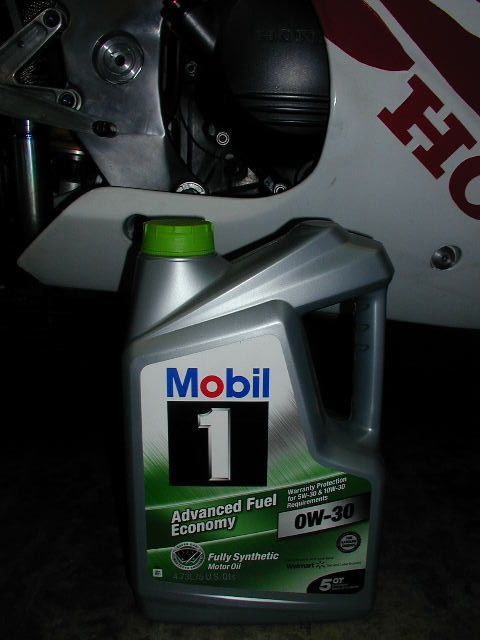
-
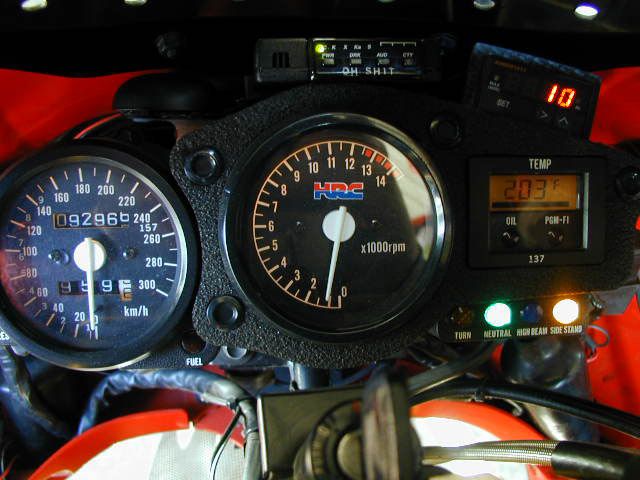
Understanding the relationship between pressure and flow running
the free flowing 30 grade oil recommended in the owners manual...
Choosing a 30 over a 40 or 50 is smarter because it will:
1)increase HP at the rear wheel
2)quicken the throttle response coming out of the corners...
3)decrease over all operating temps...
4)increase the oil flow at the critical bearings...
I started with a $135 compact digital oil pressure gauge p/n P210 from
Auber Instruments with a 0-150 psi or 10 bar range...
http://www.auberins.com/
Installing Auber's senor was complicated because I wanted the to keep
the stock Honda sensor that signaled the red low oil pressure light on
the instrument cluster... I engineered this arrangement...
Different threads required multiple fittings... I starter with the
hole in the engine which are BSP threads... next came a BSP to NPT
adapter... which allowed a NTP Tee for the NTP Auber sensor... finally
I screwed the BSP Honda sensor into the NPT Tee threads which held but
leaked... so I sealed it up with a custom double O ring washer...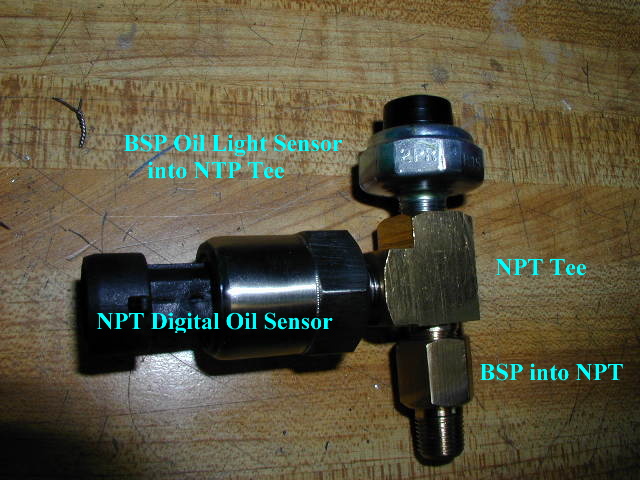
I machined a Double O Ring washer to insure against an oil leak...
It took 5 attempts to come up with the right angles and holes before
the Delrin Clamp Mod worked like I wanted...
The 5th Delrin Clamp was perfect...
Machined Delrin clamp installed to anchor the long and ponderous Auber
sensor to the bike...
Carbon Fiber plate was used to secure the Oil Press Gauge to the
instrument cluster...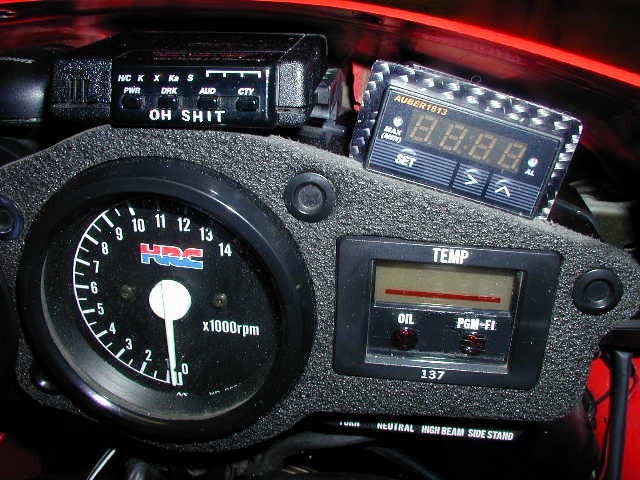
All in all this mod consumed close to 30 day of labor but it was worth
it... Now I'm able to evaluate my oil versus viscosity...
I choose 0W30 because it gives the right flow at the normal operating
temperature of 212ºF of the engine and that would be the viscosity of
10 at operating temps... so that means for every 1000 rpms increase
Mr.RC45's oil pressure increases another 10 psi... a 30w flows more
oil at higher rpms which flows more oil between the critical bearings
which carries away more heat and I'm not wasting HP just pumping oil
through the blow off valve...
0w30 psi
1000 10
2000 20
3000 30
4000 40
5000 50
6000 60
7000 70
8000 80
9000 90
10000 99
11000 99 blow off by the pressure relief valve
0w40
1000 12
2000 24
3000 36
4000 48
5000 72
6000 84
7000 96
8000 99 blow off by the pressure relief valve
9000 99
10000 99
11000 99
15W50 psi
1000 15
2000 30
3000 45
4000 60
5000 75
6000 90
7000 99 blow off by the pressure relief valve
8000 99
9000 99
10000 99
11000 99
Quote Mobil 1 on the viscosity of their synthetic 0 30 weight oil:
Temperature ( F )....Viscosity Flow
212ºF..........................10 (operating)
104ºF..........................56 (start up)
32ºF..........................100 (estimate)
Mr.RC45 Oil Press Gauge shows the problem with oil... it doesn't want
to flow when its cold this is 0w30 at 112º resisting at 18 psi
The same 0w30 at 203F Oil is flowing 10 psi perfect
-
 3
3
-
-
The choice is yours but choosing a 30wt over a 40wt or 50wt oil is smarter because it will:
1)increase HP at the rear wheel
2)quicken the throttle response coming out of the corners...
3)decrease over all operating temps...
4)increase the oil flow at the critical bearings...
Any one of 30 grade 100% synthetic motorcycle specific oils will meet
and exceed both your temp and mileage expectations...



-
THANK YOU BLS! Got mine, I just need to finish installing bags so I can go for a ride!
You're welcome... I'd like to thank Miguel for a great site and Rob for his great installation guide...
-
 1
1
-
-
Can you reverse these and raise the pegs ?
You can but you will not like it...
-
Questions???
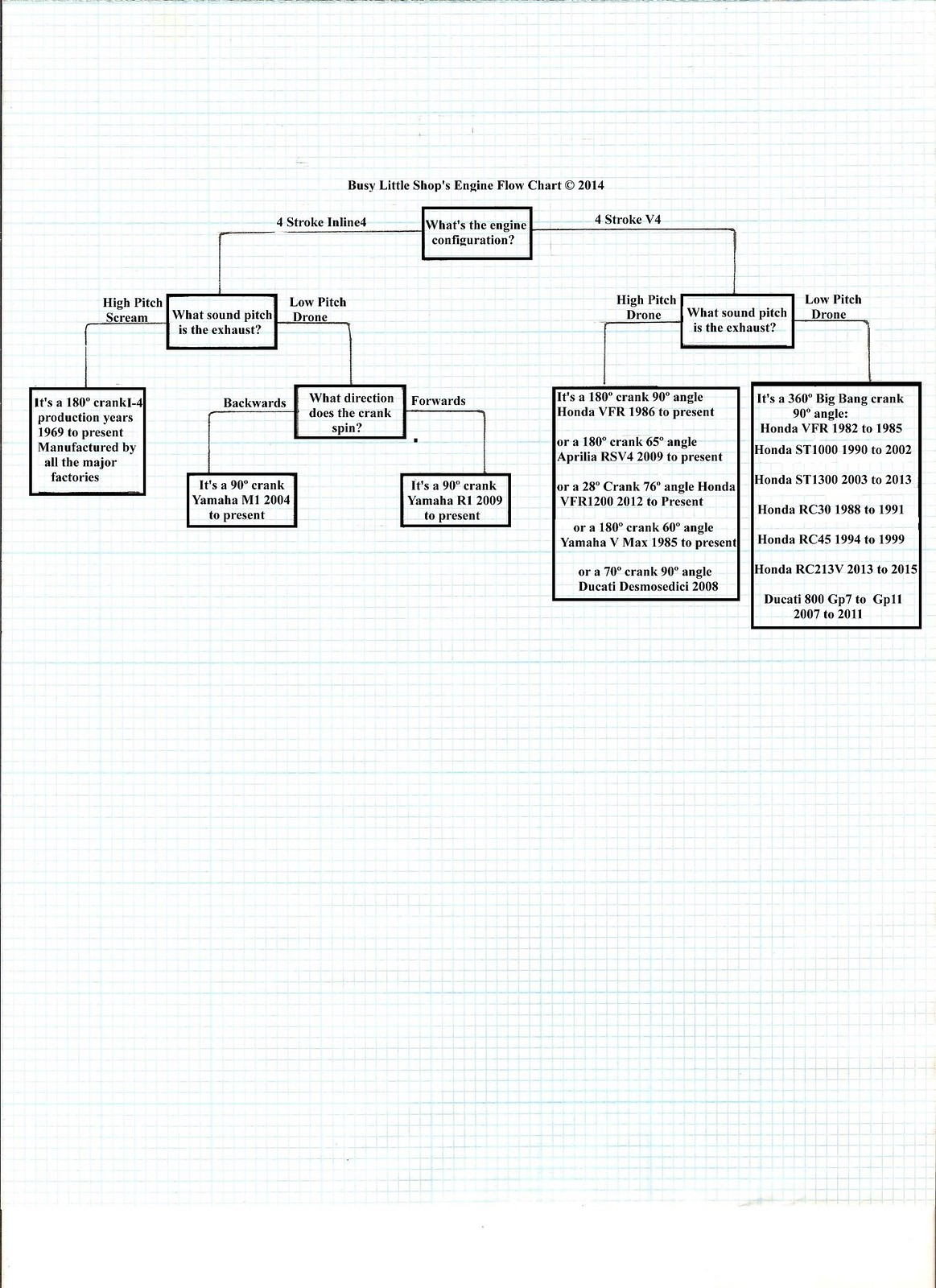
-
Just a friendly reminder that PEG BLOCKS, a VFRD exclusive product;
are still available to keep your knees in the breeze... the price + USPS
flat rate priority shipping are as follows... as soon as I receive Pay
Pal payment the shipping starts... my account: netters2@comcast.net
USA Peg Blocks $85.00 + Priority Shipping $8.30 = $93.30
Canada Peg Blocks $85.00 + Priority Shipping $27.90= $112.90
Europe Peg Blocks $85.00 + Priority Shipping $38.60 = $123.60
Australia or Denmark $85.00 + Priority Shipping $39.60 = $124.60
What you see is what you get..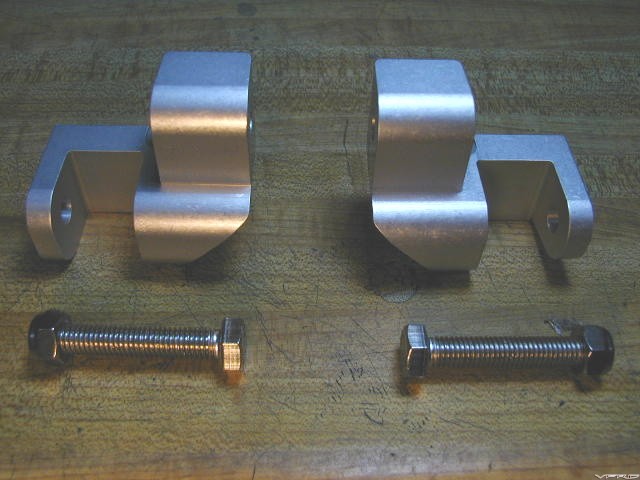
Rob's INSTALLATION GUIDE
http://www.vfrdiscussion.com/forum/index.php/topic/34097-bls-footpeg-block-install/
VFRD site support
http://www.vfrdiscussion.com/forum/index.php/topic/77384-peg-lowering-blocks/ -
My Sprocket Story...
There is an abundance of suppliers that offer RC45 aftermarket
sprockets but only in in light weight 7075 T6 aluminum... These
aluminum sprockets are anodized with an marvelous hard coating but
once the hard coat is gone rapid wear occurs... it's not durable
enough to last as long as steel... If I wanted a 43T 525 steel RC45
sprocket I had to modified a 43T 525 Kawasaki ZX7R sprocket to fit
Mr.RC45's hub... but I trimmed enough weight off the steel to come
withing 7 ounces of matching the aluminum so now I have the mileage
expectations of steel and the lightest of aluminum...
My point is if you trimmed the stock Honda steel sprocket you might come
with in the lightness of aluminum and preserve your mileage expectations...
Modified ZX7R Steel Sprocket
It fits!!!
2lb 6oz Stock VFR sprocket
-
 1
1
-
-
-
When my confidence is shaken I kept on riding at a reduce pace and
treated my condition as a barrier to overcome...
First signs to watch for are my vision... when it starts to narrow and
hunt frantically for my awareness I start to make mistakes... so I
check that by concentrating on pushing my field of vision back to
wide... only with wide vision will I see enough space to stay calm and
begin make accurate decisions that will definitely boost confidence...
Next is breathing... I monitor for first signs of panicky short and
rapid rates and then concentrate on calming it down with long slow
breaths...
Finally I busy my thoughts with the 3 basic tools of cornering more effectively...
1 How quickly do I steer the bike???
2 How much lean angle do I use???
3 Where do I begin my turn in point???
And finally I grade my performance after each corner and assign a number from 1 to 100...
1 did I rolling off the gas to early???
2 did i tighten on the bars???
3 did I narrow my vision???
4 did I fix my attention too long on something???
5 did I steer too early or not quick enough???
6 did I brake when it wasn't necessary???
If I start receiving grades in the 75% range do I begin feeling a real rise in
my level of confidence...



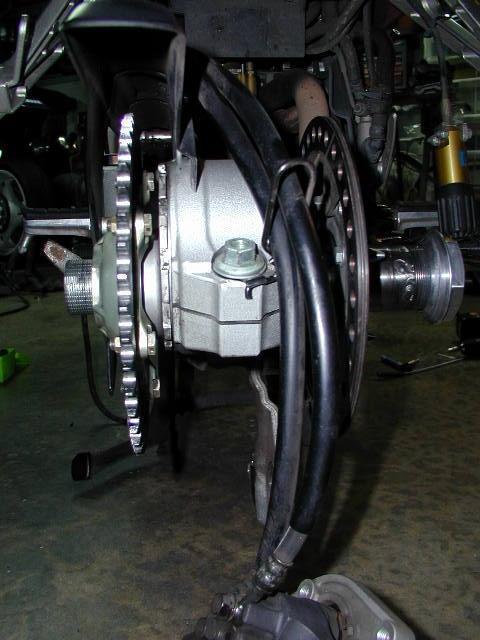
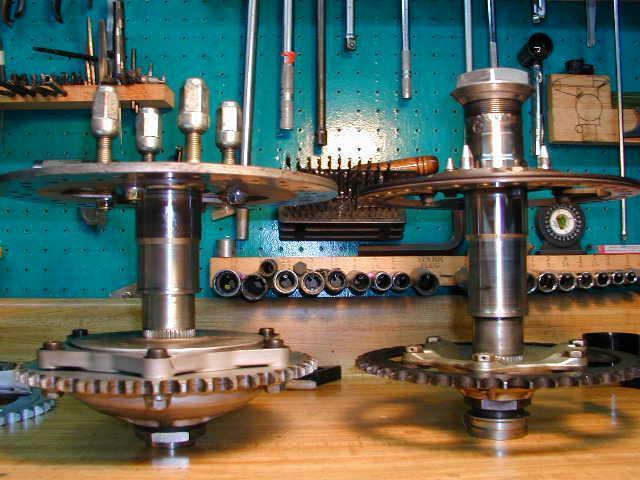
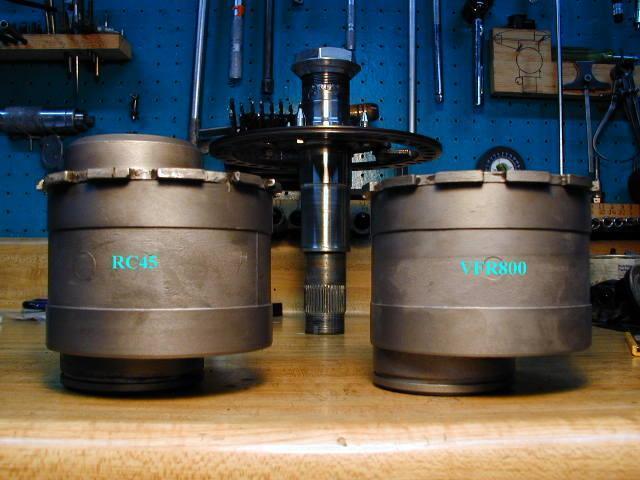






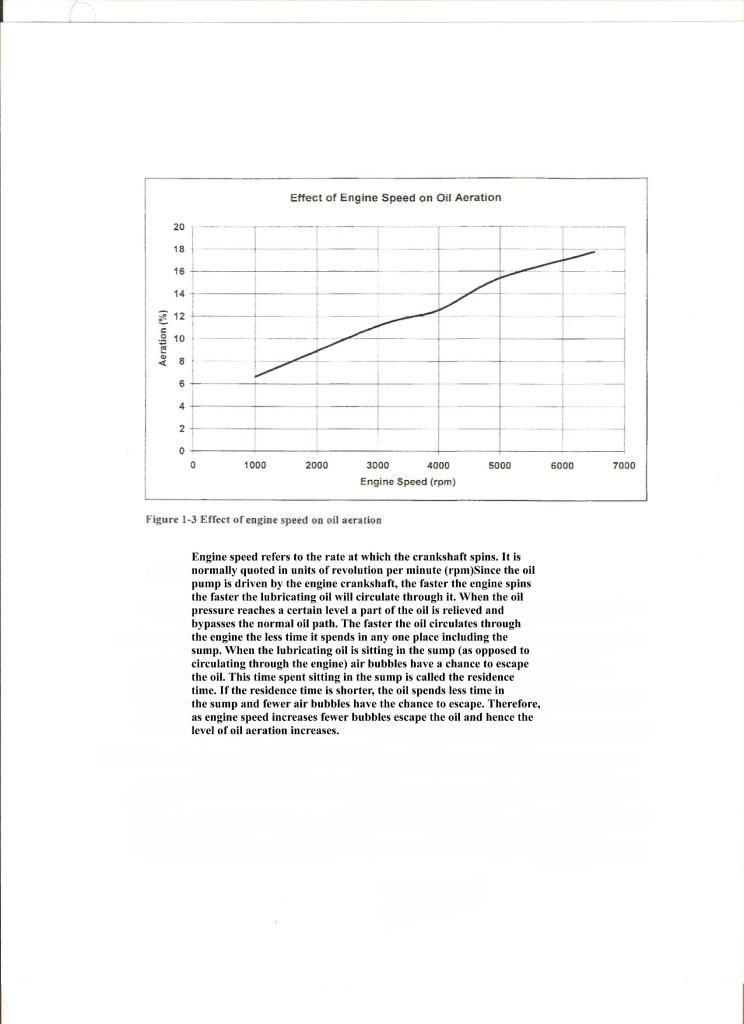
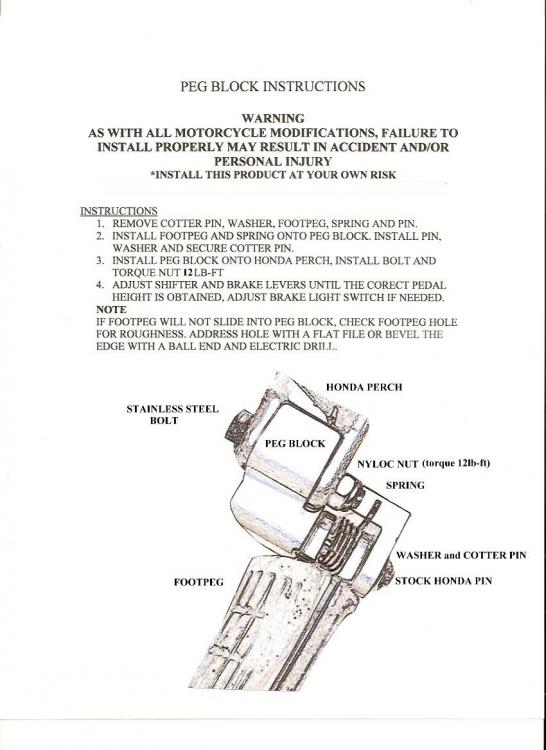






VF500F2 Aka MBD Incubation Period At Least 52 Years
in Earlier VFRs
Posted
Back in 86 I had a love affair with Honda's 500 V4...
The full fairing version was the lusty way to go...
I got a part quote but the price broke the bank...
I'm still in love and think the world of Honda's sweet little V4...